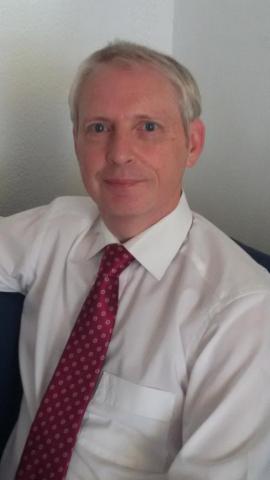I would like to share the article published in 'L'Economiste' on Friday 6 July 2018 at the initiative of its author, my friend, the journalist Abashi SHAMAMBA.
In the Kingdom of beers, spin-offs and SMEs
As a brand, Wallonia does not mean very much to those who aren't familiar with the complex Belgian institutional system.
Viewed from Morocco, Belgium primarily means Brussels, headquarters of the European Union institutions and, since the start of the football World Cup in Russia, home of the Red Devils (the national team) whose performances and talents are admired by many football fans.
The regional governments have broad powers.
In the area of housing and land-use planning, environment and agriculture, energy and water, civil engineering and transport, economic policy, foreign trade policy, promoting foreign investment and employment. Health, social assistance, scientific research and international relations are related to all these fields.
Belgium's institutional framework is so complex that only trained experts can decipher it, observes Dominique Delattre, Director Africa, Near and Middle East at the Wallonia Export-Investment Agency (AWEX).
On a visit to Morocco in September 2017, Bart De Wever, mayor of Antwerp and top man at the NVA, a powerful Flemish nationalist party, admitted that it was not an exportable model.
For the regions, existing in the face of the all-powerful Brussels brand is a real challenge. But spontaneous recognition of Brussels has a positive impact on Wallonia abroad. Until the 19th century, this region was one of the most industrially dynamic in Europe, thanks to flourishing coal, glass and textile industries.
Today, with its 4.8 million inhabitants, Wallonia has been transformed. Following the decline of heavy industry and mining, it was essential to fast track the industrial conversion. Even the "child of the country", the CMI group, founded by the British engineer John Cockerill in 1817 and whose workshops manufactured the first railway locomotive, had to face up to the change in professions. Nowadays, CMI is a thriving company in the areas of maintenance, energy, mining and the environment.
With its 70,000 companies, the vast majority of which are SMEs or even family-owned VSEs, they employ 650,000 people. On average, each SME has 9 employees. Around 2,000 new companies are set up every year. Since the domestic market is limited, export is a vital consideration. Indeed, exports represent 70% of the turnover of Walloon companies (source: Walloon employers) and 50% of regional GDP. One of the drivers of the transformation of the Walloon economy (which still suffers from high unemployment among both young and old) was the "Marshall" plan. Public money made available to private operators to generate growth. This plan focuses on several sectors with high potential, and in which the region has competitive advantages. Collaboration between business and universities is just such a model. Various spin-offs have been created from university research laboratories. They often set up near research centres contained in these ecosystems. The role of trial horse which they play is crucial in consolidating these clusters, which are symbolic of the economic revival in Wallonia. As such, a network of companies linked to aeronautics has developed around Brussels-Charleroi Airport. Venyo, specialists in the design and manufacture of flight simulators, is one of the local star companies. With 26 employees, this SME is an illustration of the cooperation and "mutual understanding" practised by universities and the private sector. Belgian pragmatism undoubtedly has a lot to do with this, but the wide autonomy of universities should also be underscored. They can set up companies, venture capital funds or take equity stakes in companies, etc. This is unthinkable in Morocco.
Logistics is one of the showcases of the Walloon economy.
The region's geographical position allows it to reach 400 million potential consumers within 48 hours. This potential still needed to be turned into opportunities. The two rivers that link the ports of Rotterdam and Antwerp to the rest of Europe converge in Liege. The city's river port is the third largest in Europe and the airport, which was a military airport for 70 years, was cleverly converted into a logistics hub in the early 1990s. It is focused on cargo handling and currently ranks 7th among cargo airports on the Old Continent. The only slight exception to this activity is in summer, when charter activity is organised to tourist destinations, including Morocco. Fedex, the world's leading logistics integrator with a fleet of 620 aircraft, has made it its hub for Europe. From Africa, Ethiopian Airlines has set up its European hub here. It is the success of African air transport, explains their management with admiration. The Ethiopian company's cargo activity has enjoyed spectacular growth. But the real take-off came when TNT (since acquired by Fedex) decided to set up its European headquarters here in 1998. The Airport is open 7 days a week, 24 hours a day. Such a plus-point won over the global logistics company. In exchange, the operator invested €350 million to limit noise-related inconvenience for local residents. In 2017, Liège Airport handled 720,000 tonnes of cargo, and expects to handle 800,000 tonnes this year.

